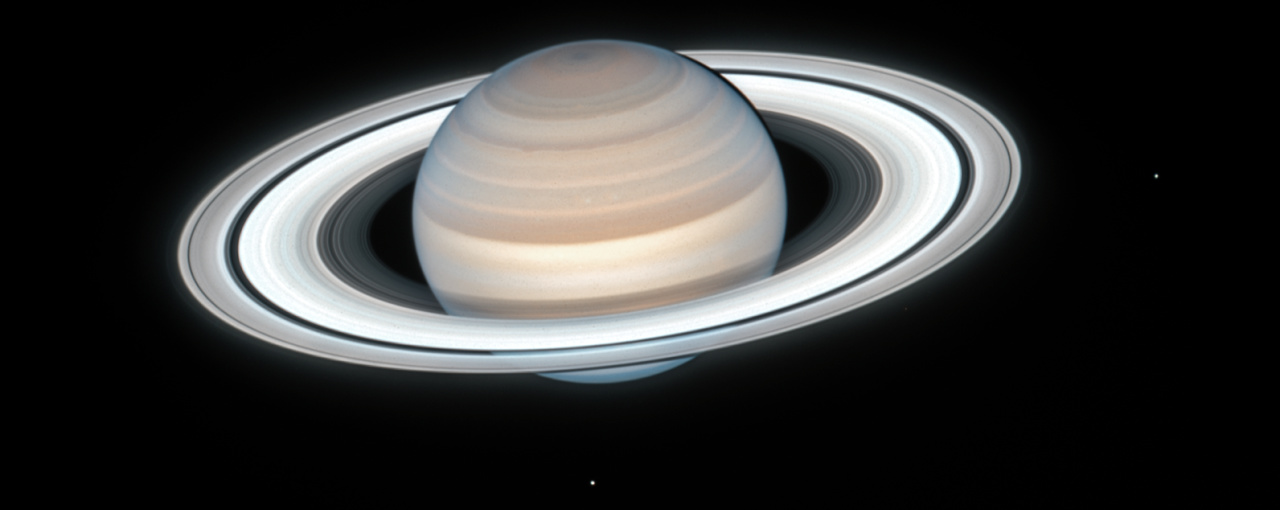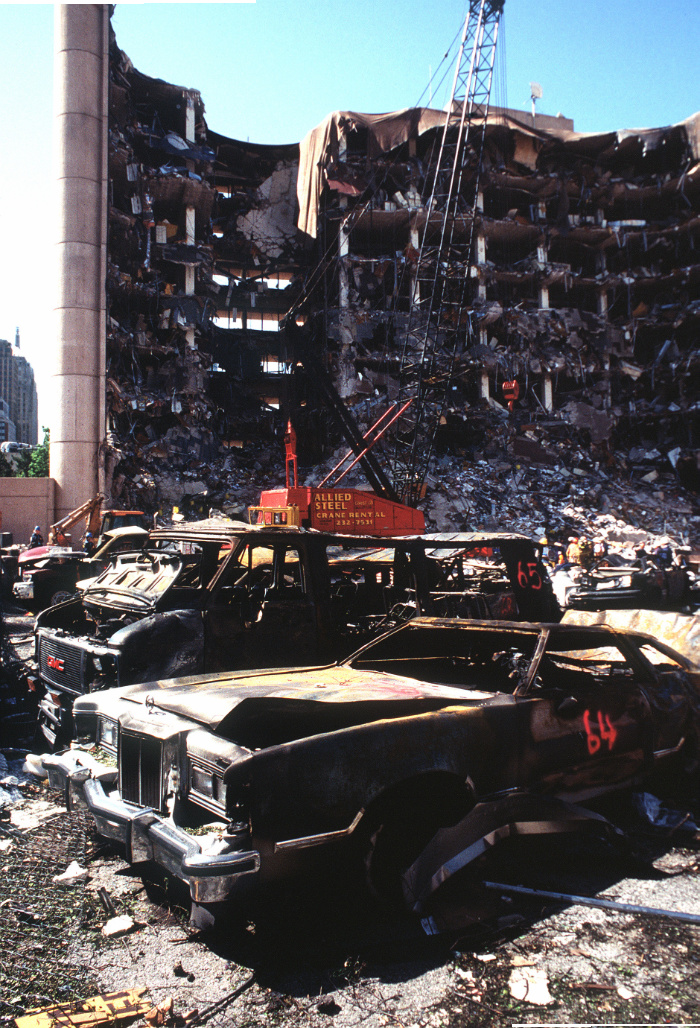Science Fiction of Star Trek
Case study of impossible flight, Titan’s Turn

Life on other worlds has long been a popular staple of science fiction. CMI has long documented that it really is fiction—contradicting both the biblical worldview (see ET needed evolution) and real science. We often receive comments that because one does not know what technologies may be developed in the future, we should not say that faster-than-light travel will be impossible, but we take this stand because of what we do know about the physical laws of the universe.
One issue is the intractable problems of interstellar flights, including impossible energy requirements and g-forces so strong they would crush all passengers. This article will demonstrate these problems with a specific example from a very popular science fiction series.
Note: the problems are to do with specific mathematics and physics, so some of the discussion must be a little technical. Readers wishing to skip that can just scan the pullout quotes for the main points, then read the conclusion.
Star Trek: The Next Generation
Star Trek is my personal favorite sci-fi franchise. I have watched most series in full more than once. Star Trek: The Next Generation, especially after the first season, and its recent sequel, Star Trek: Picard, is my second-favorite of all the series, after Deep Space Nine. I think that some of the best episodes in the whole franchise come from TNG.
The case in question comes from TNG Season 6 Episode 11: “Chain of Command, Part II” (first aired 21 Dec 1992). Lt Geordi La Forge, a regular crewmember, and Captain Edward Jellico, the unpopular replacement captain, were reminiscing about their younger days in Starfleet. They didn’t always work in deep space; instead, they were shuttle pilots on the Jovian Run between the gas giants Jupiter and Saturn.
Even in our solar system, distances are very large. Even the closest distance between Jupiter and Saturn is about 654 million km (406 million miles). At their furthest distance, when they are on opposite sides of the sun, they are about 2.2 billion km (1.36 billion miles) apart. The distance is so far apart that even light takes about 35 minutes to travel from their shortest distance and 1.5 hours from their furthest.
For comparison, Earth gets closer to Jupiter than Saturn does. The closest distance between Jupiter and Earth is approximately 588 million km (365 million miles, 32 light minutes). The shortest time travelled for a real spacecraft launched from Earth to Jupiter is 546 days.
Naturally, Star Trek pilots’ time is valuable, so they don’t want to spend well over a year on just one trip. So they are equipped with shuttlecraft that travel at a good fraction of light speed (c). The program mentioned velocity (v) = 0.7c (i.e., 210,000 km/s). Another way of expressing speeds close to light is the Greek letter β (beta), where β = v/c. So in this case, the crafts were travelling at β = 0.7.

Titan’s Turn
Geordi and Capt. Jellico both admitted that during their Jovian runs, they had performed the very dangerous shuttlecraft manoeuvre called Titan’s Turn. This manoeuvre is named after Saturn’s largest moon, Titan, the only moon in our solar system with an atmosphere. As they described it, they would accelerate almost straight at Titan, graze its atmosphere, and then turn sharply around the moon at 0.7c. After Geordi described it, Jellico added, “And pray like hell nobody saw you!” because they would be court-martialled for trying such a dangerous turn for thrills.
But their upcoming mission would need someone with the skills to perform such a turn. Either of them could do it, but the best person would be the currently relieved-of-duty Commander William Riker, who could “do it in his sleep”.
Einsteinian relativity
In previous articles, I considered spacecraft travelling at 0.3c. At such speed, ordinary classical physics was a good enough approximation for the calculations. But relativistic issues would make the problems even worse. At 0.7c, the issues become important.
In particular, at speeds close to light, time slows down compared to a stationary observer, distances in the forward direction contract, and relativistic mass increases. The Lorentz factor gives the amount, named after one of Einstein’s mentors, Hendrik Lorentz (1853–1928). This factor is symbolized by the Greek letter gamma (γ) and given by:1
γ = 1/√(1 – β2)
For β = 0.3, γ = 1.048, which is close enough to 1 that I didn’t consider it in my ‘back of the envelope’ calculations. But for β = 0.7, γ = 1.40028, which is important. It means that time is dilated about 1.4 times, or by about 40%. That is, it appears that a stationary observer’s clock takes 1.4 seconds to tick one second of spaceship time. And there is the same factor of mass increase and length contraction. Also affected are calculations for kinetic energy and g-forces, making the problem even more acute.
Energy requirements
In classical physics, the kinetic energy required for an object of mass (m) to reach a given speed (v) is:
E = ½mv2
But when relativistic effects are important, the formula is:
E = (γ – 1)mc2
The lightest real space shuttles are about 65 tonnes (t) or 65,000 kg. To be generous, let’s assume Star Trek shuttles are made of advanced materials that are stronger and less dense than today’s, so they are only 10 t or 10,000 kg. For a speed 0.7c, the energy comes to:2
(1.40028 – 1) × 104 kg × (3 × 108 m/s)2
≈ 3.6 × 1020 J (J = kg.m2/s2)
This is an enormous number. In 2022, the world’s total electricity output was almost 30,000 terawatt-hours (TWh).3 One TWh = 3.6 × 1015J, so the world’s total output = 1.08 × 1020 J. So the energy needed to take a 10-t spacecraft to 0.7c is over three years of the world’s total electrical energy generation.
And this is not all. It would need to spend just as much energy braking to stop the spacecraft. Still more energy would be needed to turn.
See the box below for how a spacecraft couldn’t possibly have enough fuel, even with a hypothetical antimatter drive.
Explosions by colliding with Titanian raindrops
Sci-fi shows often show that a big danger of spacecraft is entering an asteroid field and colliding with an asteroid. In reality, the asteroid belt of our solar system is mostly empty space; many illustrations are highly misleading.
But just because the asteroid belt is mostly empty, it doesn’t mean spacecraft are safe. At speeds that quite close to light speed, even crashing into miniscule space dust and ice particles would have enough energy to blow up the spacecraft.
Space is full of dust and ice particles. There would be lots of them near Jupiter and Saturn. Saturn’s famous rings are composed of particles from micrometres to meters in size. The results would be catastrophic at such high speeds because the enormous kinetic energy would be released as a huge explosion.

Another hazard in Titan’s atmosphere is raindrops of liquid methane.4 You might be familiar with the painful results of diving into water the wrong way. At the speeds of the spacecraft, raindrops may as well be solid. Titanian raindrops can reach almost 1 cm in diameter, almost twice as large as the largest earth raindrops, about 6 mm in diameter. Even though liquid methane has under half the density of liquid water, twice the diameter means eight times the volume, so about four times the mass. To be precise:
A spherical raindrop 1 cm in diameter has radius (r) 0.5 cm.
Volume of a sphere is 4/3πr3 = 5.236 × 10-7 m3.
Mass = density × volume = 422 kg/m3 × 5.236 × 10-7 m3
= 2.21 × 10-4 kg.
As far as the spacecraft is concerned, it is being pummelled by a methane raindrop slamming into it at 0.7c. The relativistic kinetic energy is
E = (γ – 1)mc2
= (1.40028 – 1) × 2.21 × 10-4 kg × (3 × 108 m/s)2
= 7.95 × 1012 J
≈ 8 terajoules (TJ).
The explosive energy of one ton of TNT is defined by convention as one gigacalorie (one billion calories), or 4.184 GJ. So the explosive energy of a methane raindrop colliding with a shuttlecraft travelling at 0.7c works out to:
≈ 2 kilotons of TNT.

For comparison, the MOAB (Mother of All Bombs) had the explosive power of only 11 tons of TNT. The FOAB (Father Of All Bombs) thermobaric weapon delivers 44 tons. Only nuclear bombs can exceed the explosive energy of a Titanian raindrop collision at 0.7c, e.g. ‘Little Boy’ that flattened Hiroshima was about 15 kilotons.5
Actually, even a small drizzle-sized raindrop about 1 mm in diameter would be enough to destroy the spacecraft. It has a tenth of the diameter, so one-thousandth of the volume of the large drop. Thus the energy would also be a thousandth. That is, like two tons of TNT exploding. That is about the same energy as the domestic terrorist bombing of Oklahoma City on 19 April 1995,6 which destroyed or damaged 324 buildings within a 16-block radius, killed 168 people, and injured 680 more.
A spacecraft grazing Titan’s atmosphere would encounter many drops, not just one. Even one explosion would be bad enough, but many would leave nothing left of the spacecraft. The Starship Enterprise is equipped with force fields knowns as deflector arrays that are supposed to repel any opposing objects in its flight path. But any hypothetical deflector array would need to expend similar amounts of energy to repel the drops, meaning still more fuel would be required. And as explained in a previous article, it would be impossible for the craft to brake or turn to try to avoid an oncoming drop because the g-forces would crush the inhabitants.
Speeding up and slowing down
The Star Trek space shuttles would need to accelerate to the given speed. Too much acceleration can be a problem. For comparison, an object falling towards Earth accelerates at about 10 m/s2, which is about 1 g (for the misleading term ‘g-force’). To work out the uniform acceleration (a) needed to take a craft from initial speed (u) to a given speed (v) over a distance (d), use the standard formula:
v2 = u2 + 2ad.
Since we are starting from zero and solving for acceleration:
a = v2/2d.
The gentlest acceleration would be given by the furthest distance from Jupiter to Saturn, 2.2 billion km. The speed, as stated, would be 210,000 km/s by the time they reached Titan, so the acceleration would be:7
a = (2.1 × 108 m/s)2 / (2 × 2.2 × 1012 m)
≈ 10,000 m/s2 = 1000 g.
The trip would take only 4 hours, but no one would survive. As documented before, a trained human survived 46.2 g for a moment and 25 g for 1.1 seconds, resulting in cracked ribs and permanent vision damage. Surviving 1000 g for 4 hours is pure fantasy.
Lurching force during the turn
We have all experienced the lurch caused by turning too sharply, at too great a speed. This is a form of acceleration, defined in physics by any change in speed (whether faster or slower) or direction. Travelling at speed v in a turning radius r, the lurching acceleration is given by:
a = v2/r in classical physics.
a = γ2v2/r in relativistic physics, which makes the problem even worse.
So what is r for Titan’s Turn? Titan’s radius is about 2,575 km, and its atmosphere extends to about 600 km above the surface. So the turning radius is the sum:
2,575 + 600 = 3,175 km = 3.175 × 106 m.
Thus the relativistic lurching (centripetal) acceleration during Titan’s Turn is:
(1.40028)2 × (2.1 × 108 m/s)2 / (3.175 × 106 m)
≈ 2.7 × 1010 m/s2
≈ 3 billion g (in round numbers).
The minimum 1,000 g while reaching 0.7c during the Jupiter–Saturn trip was bad enough. But the 3 billion g making the turn around Titan’s atmosphere is too much for any material, let alone human bodies, to withstand.
Conclusion
If hypothetical aliens were to visit us, they would need spacecraft that travelled close to the speed of light. The Star Trek franchise is a good example of sci-fi based on such concepts. But a specific feat of shuttlecraft piloting shows that it really is fiction. Even their small crafts, with the stated speed of 0.7c, need such enormous energy that they would have impossible fuel requirements. The crafts would be in danger from collisions, even with drizzle-size raindrops. And the specific feat would generate 3 billion g, crushing g-forces billions of times what human beings can withstand for any length of time.
The point of this exercise was not to pick on Star Trek, which I enjoy. Rather, it is using a particular feat as a test case to illustrate the fallacies of visiting alien claims. In particular, it means that alleged ‘alien abductions’ cannot be abductions from real aliens.
Also, this argument is not about unknown technology that might solve the problem. As Chief Engineer ‘Scotty’ himself said in The Original Series—in the context of restarting antimatter engines no less—“I cannae change the laws of physics!”8
Antimatter drive?
How could such a spacecraft have enough fuel? An antimatter drive is the only possible answer. In theory, antimatter plus an equal mass of matter can be converted totally into energy, using Einstein’s famous formula E = mc2. Thus m = E/c2.
The relativistic kinetic energy for the 10-t shuttlecraft travelling at 0.7c is 3.6 × 1020 J. So the mass (half matter and half antimatter) =
3.6 × 1020 J / (3 × 108 m/s)2
≈ 4 t, comprising 2 t matter + 2 t antimatter.
If the big bang theory were true, it should have left equal amounts of antimatter and matter. But antimatter is extremely rare, so the big bang is false. Indeed, scientists, using considerable energy and ingenuity, have produced maybe a hundred thousand anti-hydrogen atoms. Since one gram of hydrogen contains about 6 × 1023 hydrogen atoms, a hundred thousand (105) is a sub-microscopic amount.
But it’s even worse. The original craft is 10 t, but the fuel adds another 4 t of mass, so the total is 14 t. This fuel amount would need 1.6 t more fuel to take that. So the total comes to 15.6 t. Then still more is needed, so still more to take that, and so on. But the additional masses become smaller and smaller. So there are mathematics to work out the final amounts.9 The initial total fuel mass is about 9.7 t, almost as much as the craft itself.
There are other problems with a hypothetical antimatter drive. E.g., a positron (antielectron) and electron annihilate to produce gamma-ray photons with energy totalling 1.022 MeV. But the photons shoot off in opposite directions to conserve momentum. But this would be useless for propulsion because the motions would cancel each other out. The photons should all shoot out in the reverse direction for propulsion so the craft is propelled forward. Deflecting the photons would mean more energy.
Also, annihilation is not so simple. When atoms meet anti-atoms, their outer electrons and positrons would annihilate first. The resulting energy would disrupt the system and stop the protons from meeting with the antiprotons in a controlled manner. Also, unlike electrons, particles in the nucleus: nucleons—protons and neutrons—are not simple. A nucleon comprises three quarks, and an antinucleon comprises three antiquarks. So a nucleon + antinucleon is really a three-quark bundle + three-antiquark bundle. So they produce unstable particles as well as energy.
This all goes to show that an antimatter drive would require almost as much fuel mass as the craft—if 100% efficient. But there is no way it could be anywhere near 100%.
References and notes
- Or just plug into this online calculator by Krishna Nelaturu: Lorentz Factor Calculator, calctool.org/relativity/lorentz-factor. For this article, I applied ‘trust but verify’. These online calculators seem right. But ChatGPT is very prone to calculation errors, including elementary mistakes with fractions and powers of 10. Return to text.
- Or use relativistic kinetic energy formula by Luicano Mino; calctool.org/relativity/relativistic-ke#relativistic-kinetic-energy-formula. Return to text.
- “In 2022, 29,165.2 terawatt hours (TWh) of electricity was generated around the world, an increase of 2.3% from the previous year.” Dickert, C., What Electricity Sources Power the World? elements.visualcapitalist.com, 10 Sep 2023. Return to text.
- Kaupa, D., How big would methane raindrops be on Titan? astronomy.com, 25 May 2015. Return to text.
- Donovan, J., The MOAB bomb: A massive force, but no match for nukes, science.howstuffworks.com, 28 Aug 2023. Return to text.
- Mlakar, P.F. Sr. et al., The Oklahoma City Bombing: Analysis of blast damage to the Murrah Building, J. Performance of Constructed Facilities 12(3), 1 Aug 1998 | doi:10.1061/(ASCE)0887-3828(1998)12:3(113). Return to text.
- Or use Calculator Acceleration on a Straight Track, rechneronline.de/g-acceleration/straight-track.php. Return to text.
- Star Trek, The Original Series, “The Naked Time”, Season 1, Episode 6, first aired 29 Sep 1966. Return to text.
- Or use Space Travel Calculator by Davide Borchia; calctool.org/relativity/space-travel#fuel-calculator-for-space-travel-astronomical-pit-stop. Even without antimatter, rocket engineers know all about the propellant mass fraction (PMF), the problem of fuel needed to take the spacecraft plus fuel mass. Return to text.

Readers’ comments
Comments are automatically closed 14 days after publication.